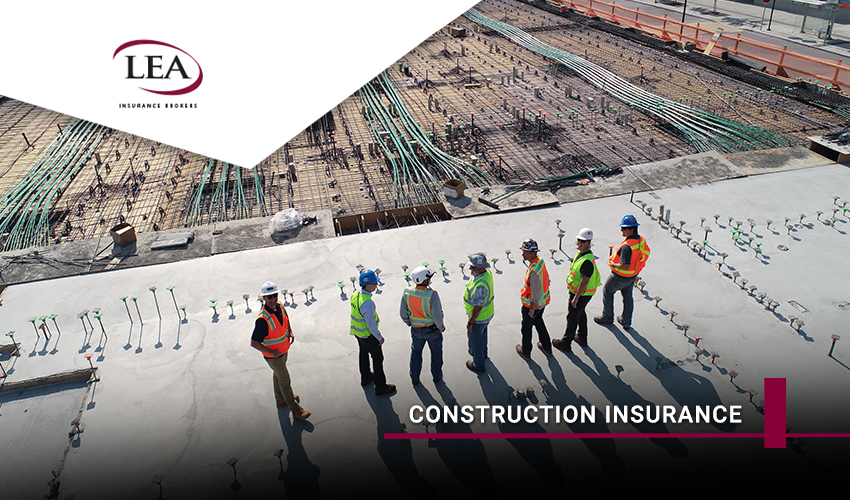
Is Your Construction Business Leaving Money on the Table?
The construction industry is confronting the twin challenges of a tsunami of projects expected to peak next year, yet many hurdles threaten to thwart success.
Rising rate of insolvency in construction
Protracted supply chains, increasing material costs and a chronic skills shortage have helped contribute to a more than 40% jump in Australian construction businesses declaring bankruptcy in the 12 months to last November, says the Australian Securities & Investments Commission.
Among construction firms to go under are Condev, Probuild, Hotondo Homes franchise Tasmanian Constructions, ABD Group, Privium, BA Murphy, Pindan, and Inside Out Construction. Would-be homeowners left with unfinished houses thanks to Privium’s collapse are petitioning state governments for more consumer protections when construction firms collapse.
But what about the construction businesses still operating? How can they move to complete their projects profitably?
Why are firms struggling?
It will be tough as insolvencies are still on the cards for the sector. Margins continue to shrink due to inflation and the reasons listed above.
As the spate of tier-two firms hit the wall, there’s a potential domino effect for sub-contractors and tradies to feel the pinch or worse. 9News estimates thousands of those businesses will be affected.
Are they leaving money on the table?
A recent Oxford Economics report has estimated that over the past 30 years, the construction sector has forgone $35B due to poor multi-factor productivity performance. It says productivity improvements will help lower capacity and capability risks, boost the sector’s sustainability and lower infrastructure costs.
It’s a problem for the sector globally, too, says McKinsey, professional services firm. It points to the sector’s low adoption of technology, innovation, prefabrication, and off-site manufacturing as issues in Australia. Here’s an insight into the digital technologies helping optimise construction. And this list of our country’s top construction companies and startups spotlights those innovating in the sector.
Ongoing contract risks
Meanwhile, contractors and subbies are questioning their reliance on fixed contracts, says a construction law expert, because it locks them into a project price before building starts.
The Australian Financial Review reports many construction firms deal with other parties on a “handshake” basis, depending on the project. An industry survey found eight in 10 people in the industry weren’t always fully aware of or knew the risks they were responsible for managing under their contracts. For example, they didn’t check which entities had been red-flagged and had no processes to check for exposure to modern slavery violations in their supply chains.
How the insurance market is changing
Insurers, however, have their eye on the risks, with some leaving the market in 2021. That has meant less competition as premiums and excess levels have increased. There are also greater restrictions on policy limits, coverage and claims.
Add to that new and changing reforms requiring mandatory insurance for construction businesses in some states. The rise in natural disasters and project failures are also being factored into the way the insurance market operates.
Insurers prefer short-term risk management, moving away from long-term contract periods. So, for construction firms overall, it pays to scrutinise policy fine print to ensure you’re securing the insurance coverage you need.
Make sure you’re covered – talk to us
That’s where we can help. We’ll discuss your risk management and appetite for risk to customise a policy package to protect your business in these challenging times.
